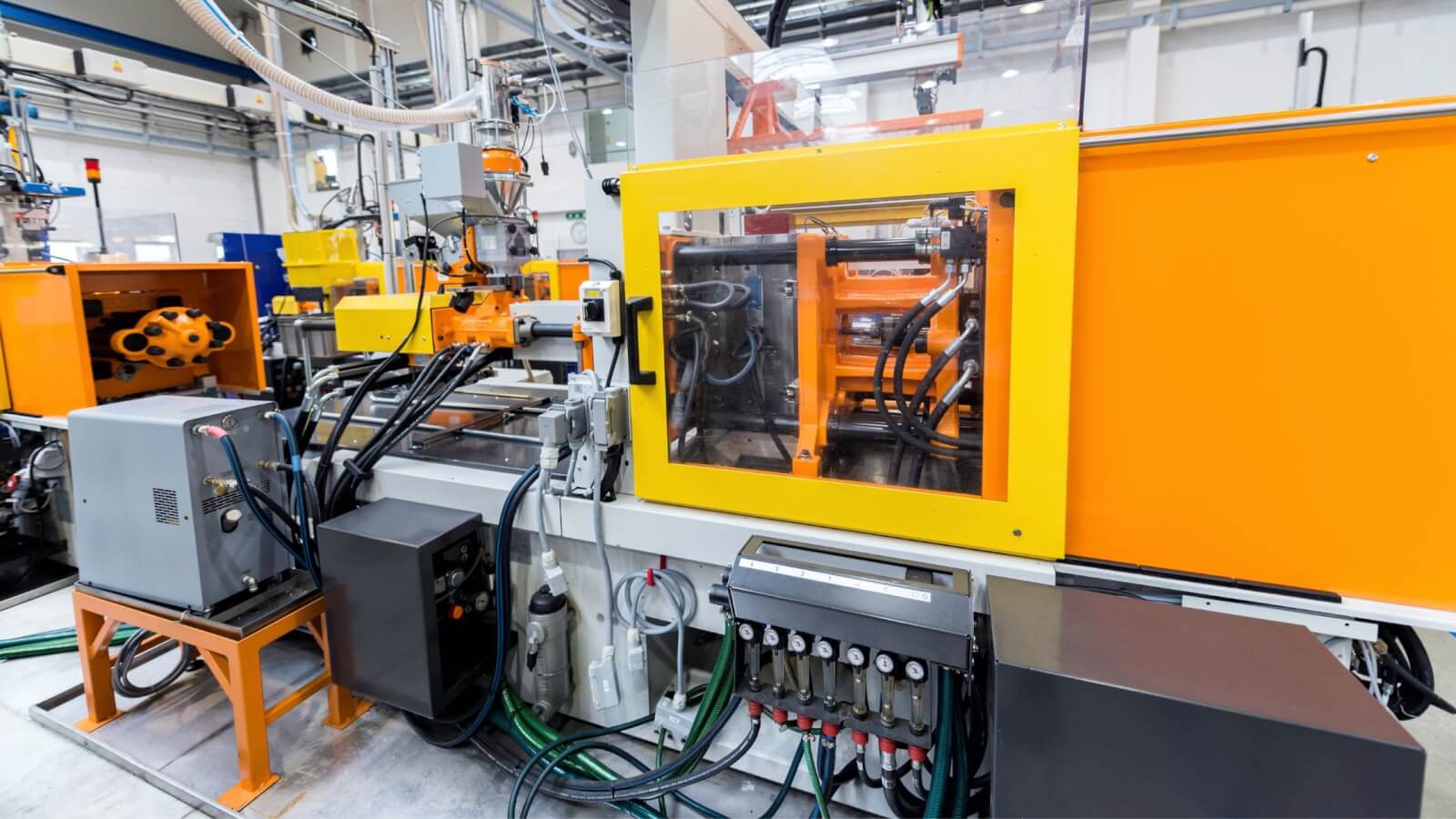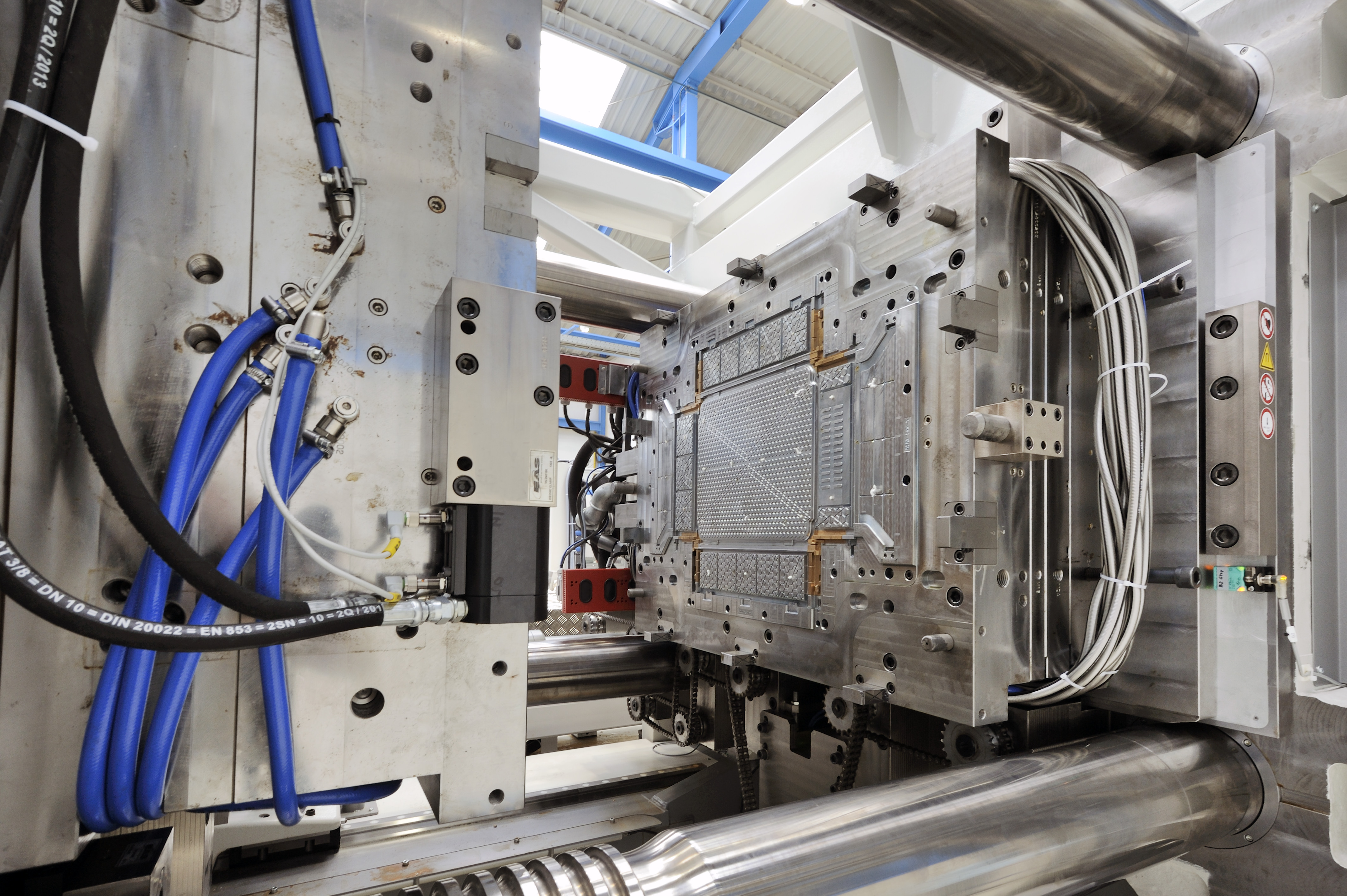The Advantages of Using Plastic Injection Molding for Personalized Parts Manufacturing
The Advantages of Using Plastic Injection Molding for Personalized Parts Manufacturing
Blog Article
Comprehending the Fundamentals of Plastic Shot Molding Procedures
Plastic injection molding serves as a cornerstone of modern manufacturing, providing a systematic strategy to creating complicated components with precision. Discovering these crucial components might expose how even small modifications can lead to considerable improvements in manufacturing results, increasing questions concerning the capacity for innovation in this established procedure.
What Is Plastic Injection Molding?
Plastic injection molding is a commonly made use of production process that changes thermosetting and thermoplastic products right into precise and intricate forms. This method is favored for its capability to produce high volumes of the same parts with remarkable precision, making it an important method in different sectors, including vehicle, durable goods, and clinical tools.
The process includes thawing the picked plastic material and injecting it right into a mold and mildew under high pressure. The mold, created to the requirements of the preferred component, allows the molten plastic to take form as it solidifies and cools. When the product has actually hardened, the mold is opened, and the completed part is expelled.
Plastic injection molding provides a number of benefits, consisting of lowered waste, consistency in production, and the capability to integrate complex designs that might be challenging with various other manufacturing methods. Furthermore, it supports a broad variety of materials, each giving unique buildings that can be tailored for specific applications. As industries remain to introduce, plastic shot molding stays at the leading edge, allowing the advancement of sophisticated products that meet evolving consumer needs.
The Shot Molding Process
The injection molding procedure is an innovative method that includes a number of crucial stages to produce top quality plastic components. Initially, plastic pellets are fed into a warmed barrel where they are merged a viscous fluid. This molten plastic is then infused under high pressure into a precision-engineered mold and mildew, which forms the material right into the preferred type.
Once the mold and mildew is filled up, the plastic is allowed to solidify and cool down, taking the shape of the mold cavity. Cooling time is critical, as it affects the cycle time and the last buildings of the shaped component. After adequate air conditioning, the mold and mildew opens, and the finished element is ejected utilizing ejector pins.

Products Made Use Of in Shot Molding
Numerous products can be made use of in the shot molding procedure, each offering one-of-a-kind properties that provide to details applications. One of the most frequently utilized materials consist of thermoplastics, thermosetting plastics, and elastomers.

Thermosetting plastics, like epoxy and phenolic resins, go through a chemical change during the healing process, leading to a rigid, inflexible framework. These products are perfect for applications needing high warm resistance and architectural integrity, commonly used in vehicle components and electrical insulators.
Elastomers, including silicone and rubber-based products, give adaptability and resilience. Their special homes make them ideal for applications that require flexibility, such as seals and gaskets.
Furthermore, specialty products like bio-based plastics and compounds are getting grip for their ecological go benefits and enhanced performance attributes, widening the range of shot molding applications in numerous industries. Comprehending the homes of these products is critical for picking the appropriate type for specific projects.
Benefits of Shot Molding
Shot molding sticks out as an extremely effective manufacturing process that uses numerous advantages for generating intricate components with precision. One of the most substantial advantages is the capability to produce intricate layouts that would certainly be difficult or impossible to attain with various other approaches (Plastic Injection Molding). The procedure enables for tight tolerances and thorough functions, guaranteeing premium elements
Additionally, shot molding is understood for its rapid production capabilities, making it an ideal choice for high-volume production. When the mold is developed, parts can be generated swiftly, reducing preparations and enhancing overall efficiency. This efficiency not just lowers manufacturing costs yet also gives a competitive side on the market.
The versatility of materials made use of in injection molding additionally enhances its charm. A variety of thermoplastics and thermosetting polymers can be used, allowing makers to select materials that ideal meet their specific needs, including toughness, flexibility, and warmth resistance.
Moreover, the process decreases waste, as excess material can typically be reused and recycled. This sustainability facet adds to a minimized ecological effect, making injection molding a liable manufacturing choice. Generally, the benefits of shot molding make it a recommended method for several markets.
Aspects Influencing Item Top Quality
While numerous factors can influence product quality in injection molding, comprehending these aspects is critical for achieving optimal outcomes. Trick aspects consist of product option, refining criteria, and mold and mildew design.
Material choice plays an essential duty, as various polymers exhibit one-of-a-kind residential or commercial properties that impact flowability, stamina, and thermal stability. Inadequate material option can result in problems such as warping or insufficient dental filling.
Processing specifications, including stress, temperature, and cycle time, should be carefully managed. Variations in these setups can lead to disparities partially dimensions and surface finish. Exceedingly high temperatures may create destruction of the polymer, while insufficient pressure can result in brief shots.
Mold find more information layout is similarly essential, as it establishes the circulation of the molten plastic and the cooling process. Improperly developed mold and mildews may bring about unequal air conditioning rates, causing recurring tensions and dimensional errors.

Conclusion
To conclude, plastic shot molding works as an important production procedure that makes it possible for the reliable production of top quality elements. Mastery of the injection molding procedure, consisting of the understanding of products and the impact of numerous aspects on item high quality, is vital for accomplishing optimal results. The advantages their website of this approach, such as cost-effectiveness and design adaptability, further highlight its importance across multiple industries, strengthening its condition as a preferred choice for high-volume production.
Plastic shot molding serves as a foundation of contemporary manufacturing, providing a systematic method to producing intricate elements with precision.Plastic shot molding provides numerous benefits, including lowered waste, consistency in manufacturing, and the ability to incorporate complex designs that might be challenging with various other manufacturing approaches (Plastic Injection Molding). As markets proceed to innovate, plastic shot molding remains at the center, enabling the growth of advanced items that meet progressing consumer demands
The shot molding process is an advanced technique that includes several crucial stages to create top quality plastic parts.In conclusion, plastic shot molding serves as an important production procedure that allows the reliable production of high-grade parts.
Report this page